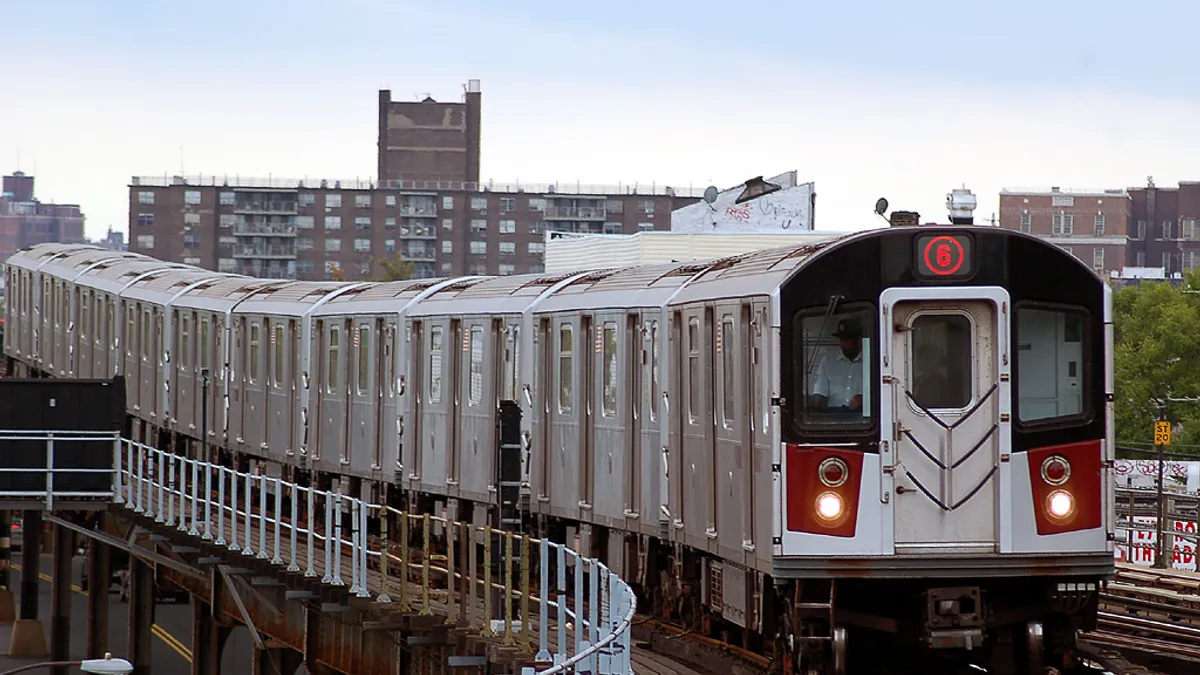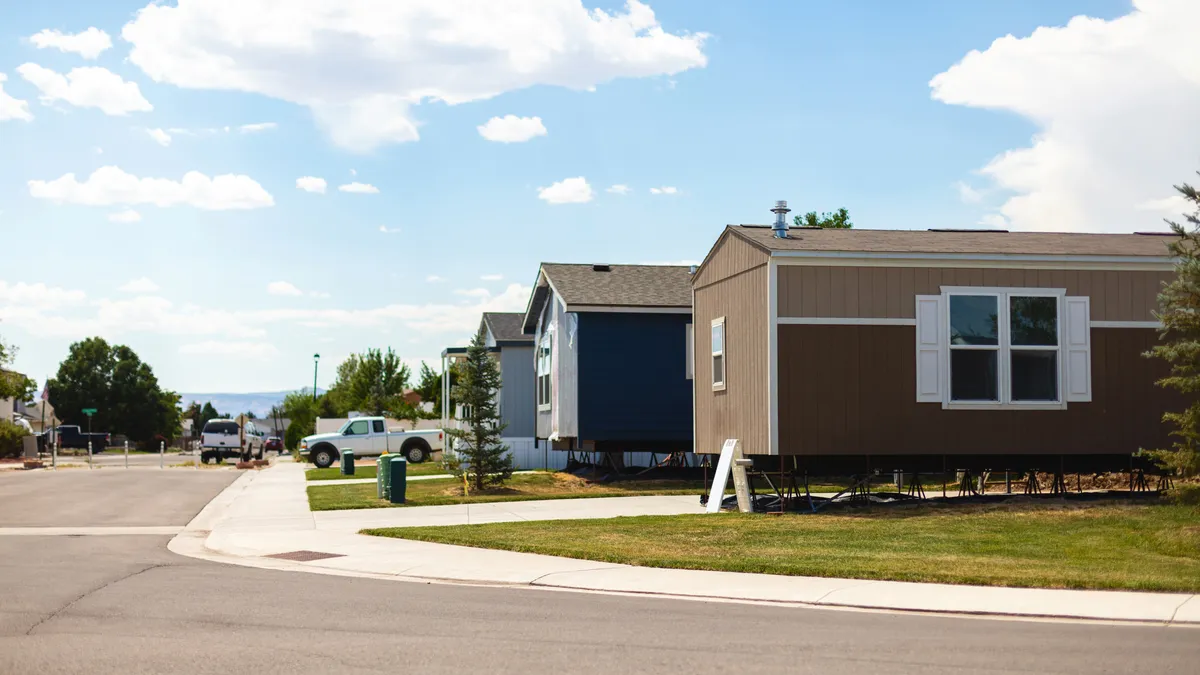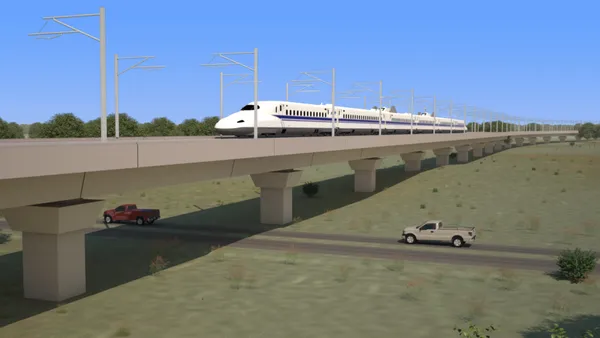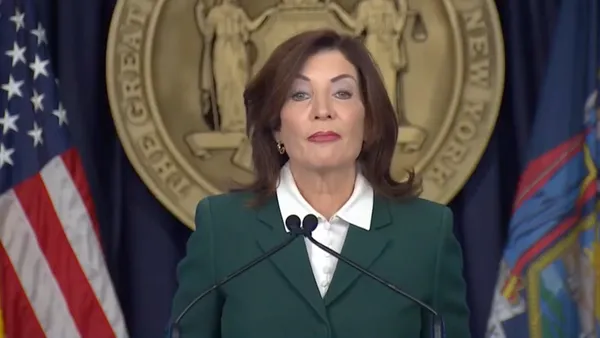Dive Brief:
- The New York Metropolitan Transportation Authority (MTA) has announced a new effort to explore modernizing the subway's out-of-date signal system. The MTA will hold a bidding conference to solicit proposals with the Transit Innovation Partnership (TIP), a public-private partnership focused on New York transit.
- MTA trains largely rely on a fixed block signaling system to control how fast and frequently trains can run. Signal problems are one of the top reasons for train delays, according to The New York Times, and lines with modern signaling systems have the best on-time performance.
- The MTA recently announced plans for $51.5 billion in critical infrastructure repairs as part of its 2020-2024 MTA Capital Plan, including $7 billion to installing modern signaling on six subway lines.
Dive Insight:
Signal modernization may sound unglamorous, but it is critical to improve the on-time performance of New York’s trains. This summer, more than 30% of the "major incidents" that delayed at least 50 trains were attributed to signal problems, according to MTA data, the most of any cause.
In a statement, TIP Executive Director Rachel Haot said MTA should be credited with stabilizing the system, but said "true modernization cannot take place without robust improvements to the subway's aging signals."
Two lines — the L and the No. 7 — have installed communications-based train control (CBTC), a signal system that allows trains to communicate with each other and better share their exact position on the tracks at any given time. That allows trains to run closer together and reduce holding delays.
The TIP and MTA bidding conference leaves open the possibility that upgrades could go beyond CBTC to integrate new signaling innovations. In fact, Gov. Andrew Cuomo has already indicated that he'd like to consider different technology known as Ultra-Wideband Radio (UWB), which would allow the system to locate trains on the track but without the disruptive installation of CBTC equipment. It would also allow for cellphone use inside of subway tunnels.
At a luncheon this spring, Cuomo derided CBTC as a "technology they designed in the '80s" and said "there is better technology out there," according to AM New York.
The MTA will test UWB this fall, and NYC Transit President Andy Byford has said it is under consideration as a complement to existing upgrades if it proves successful. Still, he told AM New York this spring that CBTC is "proven" and "mature," indicating that's where his priority is.
In addition to the signaling conference, the MTA announced last week a University Partnership for Adaptive Technologies & Mass Transit Innovation, which will bring together Cornell Tech, New York University and Columbia University in a working group to coordinate new technology for the MTA.










